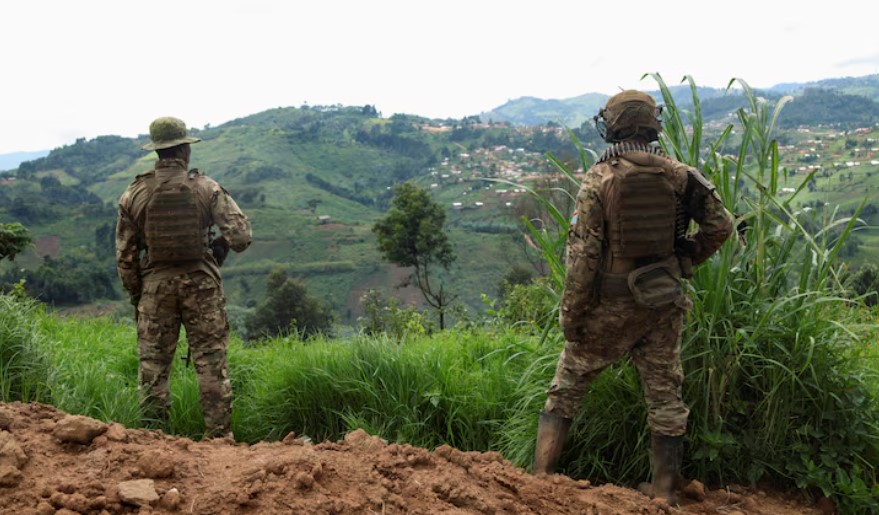Tough times loom as Red Sea attacks slash shipping volume by 70 per cent in Q3

Consequently, ships destined for African countries such as Kenya have had to re-route through the Cape of Good Hope in South Africa, costing shippers more on the longer distance prompting increased freight costs.
The prospect for continued ease in the cost of living in the country could be washed away in the near future as attacks on cargo vessels in the Red Sea escalate.
The latest data update by the International Monetary Fund (IMF) shows the ongoing attacks by the Houthi movement are increasingly disrupting cargo and tanker ships through the Suez Canal, Africa's shortest link to the East and West.
More To Read
- Increased food, power, transport costs push inflation to 3 per cent in December
- From Gen Z protests to shilling's performance: What shaped Kenya in 2024
- 2024 one of the worst years in history for children in conflict - UNICEF assessment shows
- Israel detains medics after hospital raid, health officials say
"Shipping volume through the Suez Canal dropped 70 per cent year-on-year in 2024Q3, three months to September, unchanged from the prior quarter," IMF says.
Consequently, ships destined for African countries such as Kenya have had to re-route through the Cape of Good Hope in South Africa, costing shippers more on the longer distance prompting increased freight costs.
As a result, the global lender says traffic at the Cape of Good Hope rose over 50 per cent in the period under review.
Red Sea attacks began in October 2023, when the Houthi movement in Yemen launched missiles and armed drones at Israel, demanding an end to the invasion of the Gaza Strip.
Since the first attack last year, data shows the number of attacked vessels has risen to above 68.
The figures point towards reduced shipment of essential commodities from exporting countries into Africa, driving up demand which consequently pushes up prices.
Consumers in susceptible countries such as Kenya have been grappling with heightened prices of commodities due to increased freight costs occasioned by the re-routing.
Attacks on commercial ships prompted shipping companies to re-route traffic away from the Red Sea, a systemically important shipping lane that facilitates about 15 per cent of global maritime trade volume and over 22,000 transit calls annually.
As a result, container freight rates gradually increased since November last year.
Data by Statista shows container freight rates oscillated dramatically between January 2023 and August 2024.
It says freight rates slumped to their lowest level in October 2023, just before the onset of attacks, when the going rate for a 40-foot container was about $1,342 (Sh173,373 at the current exchange rate).
Since then, the global freight rate has significantly increased, hitting over $5,900 (Sh762,221) in July 2024, a 340 per cent jump, the highest value on record.
Market analyst Mihr Thakar argues that the negative effects of the vessel attacks could likely negate calmness in inflation witnessed in the past nine months to headline at 3.6 per cent in September.
General inflation was expected to ease in the whole of 2024 after more than 18 months of interest rate hikes by central banks; the most aggressive monetary tightening in decades, but attacks by Houthis are threatening to push up the cost of living again.
Other economic experts have also warned that African citizens are the ones paying the price of delays, more expensive consumer goods, disruption to local economic entities and polluted waterways.
They further expressed concern that continued escalation of the disruptions will contribute to a highly unpredictable business environment in the long run.
Even so, the Houthis have vowed to continue with the attacks until Israel ends aggression in the contested Gaza Strip.




















